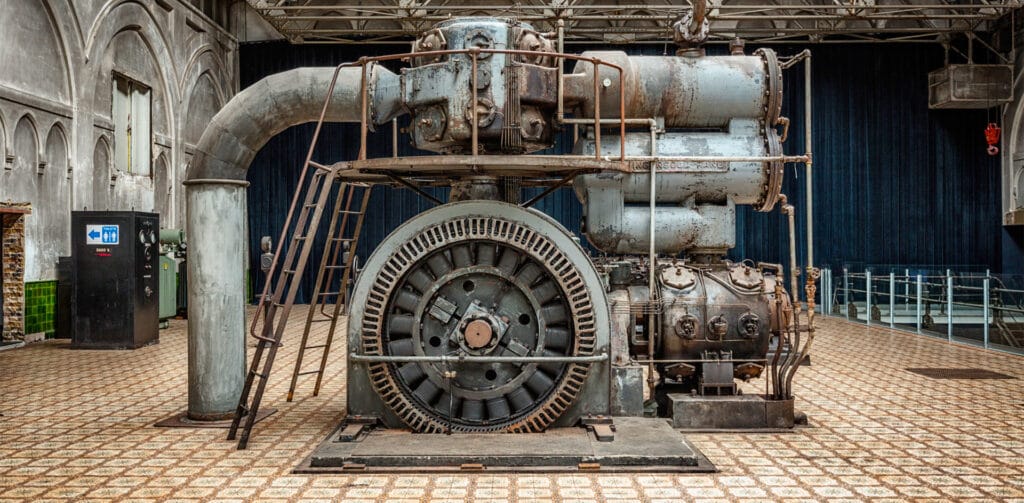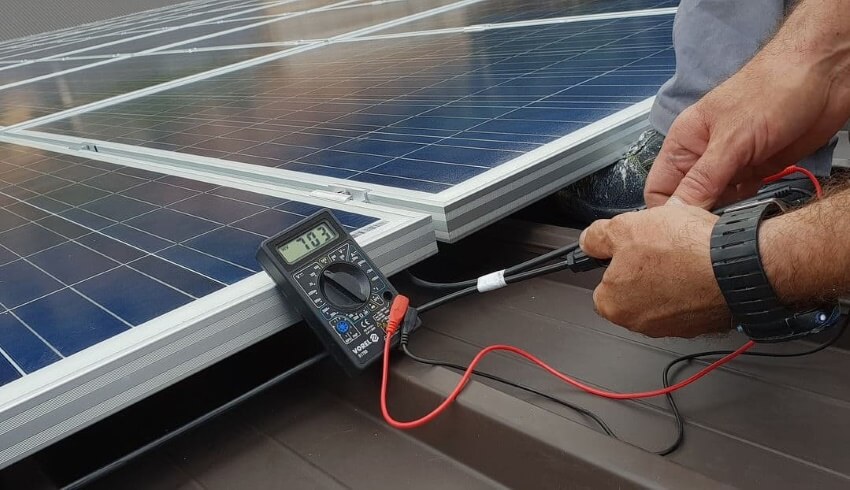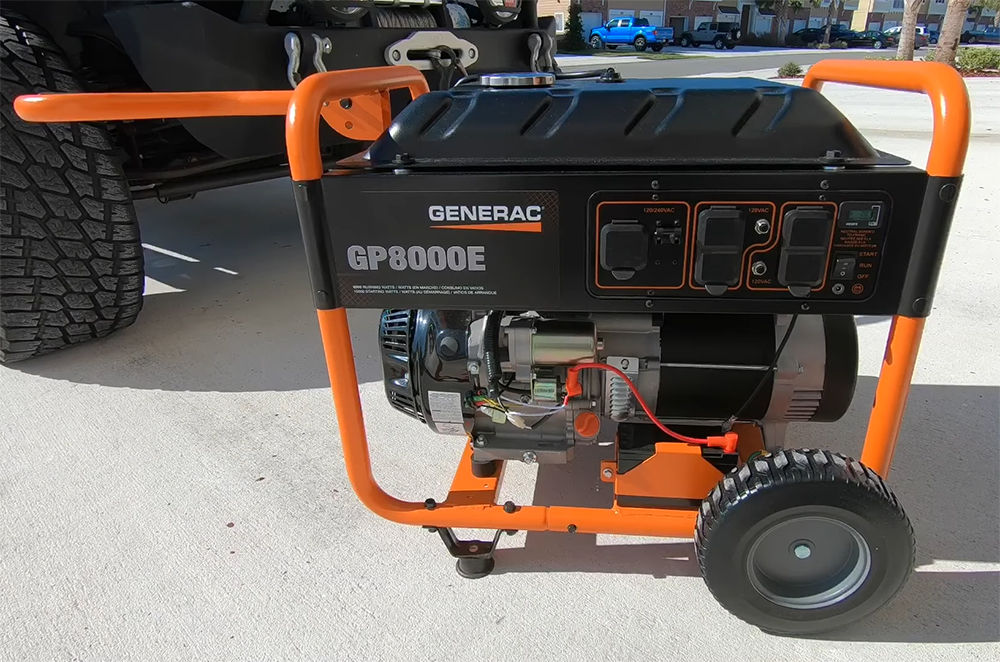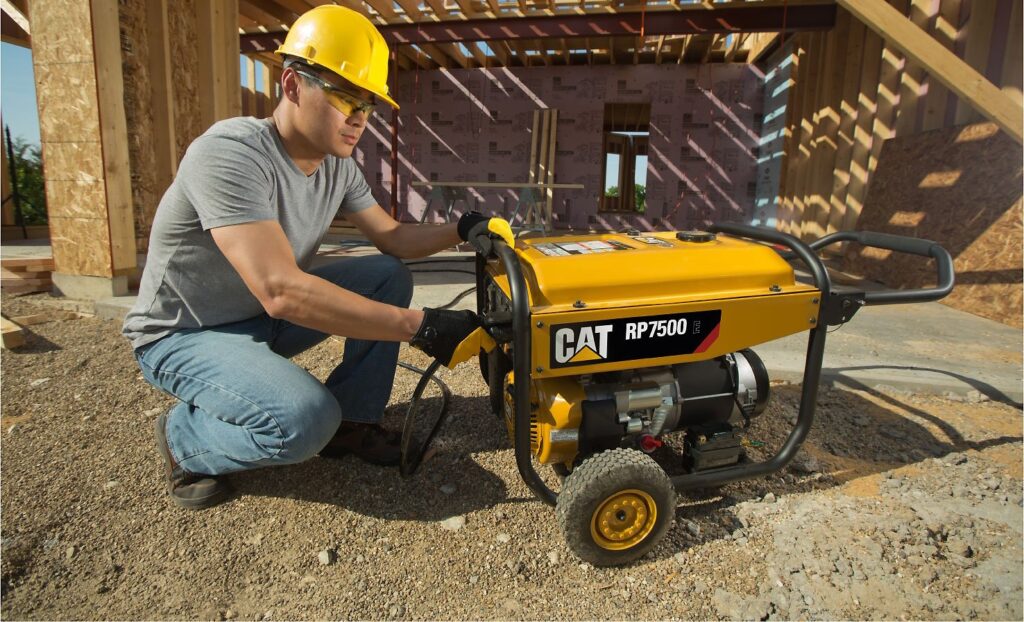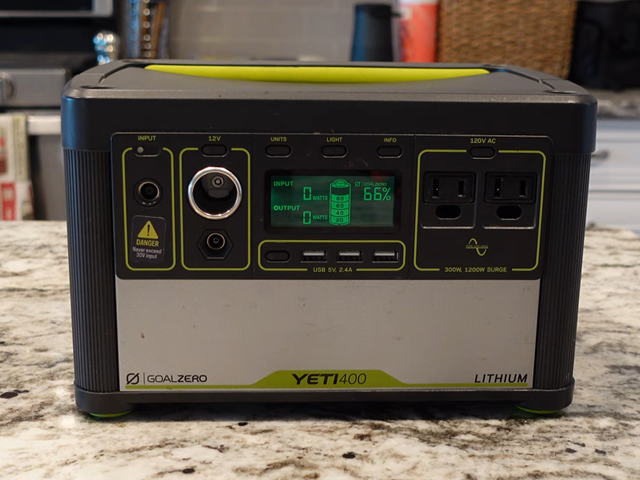
Having a propane tank in your yard means warm showers and perfectly cooked food. However, not many people know exactly when to refill a propane tank.
Once all the propane is used up, you are left with two options: spend more and buy a replacement or save a lot of money and get a refill. The advantage is obvious, isn’t it?
If you’re wondering, when should I refill my propane tank? Think of it as having the fuel gauge of your car at low. It’s not empty, but you get a refill anyways.
That is not a mere instinct, there are many reasons behind it. Just like the car, if your propane tank gauge falls below 20%, it is a safety hazard. In addition, it will be an inconvenience to you and your family.
However, the propane tank is designed to emit an odor once the level drop. The smell is somewhat similar to rotten eggs, so you cannot miss it. Day to day life is busy as it is, and keeping the propane levels in check is difficult to keep up with.
Therefore, the rotten egg odor ensures you notice your propane tank needs a refill and take action in time.
Furthermore, running out of propane in winter raises the risk of your pipes freezing or bursting. Shivering and discomfort are the minimal to worry about in such cases. Also, propane when mixed with oxygen becomes highly flammable.
That is to say, once the gas runs out on open lines, refills will leak out. The air and moisture that finds their way into the tank will cause rust and weaken the tank. Rusting will then lead to the cancellation of the rotten egg odor, which means no gas leaks will be detected anymore.
The leaked gas may reach an ignition source and the consequences can be fatal. Finally, if the levels are below 20% the gas will not expand as much. The low pressure reduces the efficiency of the appliances that require propane.
Gauges tell you when to fill a propane tank and most tanks come with this gauge. However, if yours didn’t or it isn’t working properly for some reason. There are alternative ways to read your propane tank.
On the other hand, this method is only applicable to smaller tanks.
Once you are familiar with reading gauge levels and all the safety precautions, you are saving yourself a lot of trouble and funds.
There’s more you can save with your propane tank refills. To clarify, the time you purchase your refill matters a lot.
Early fall is the best time to get a refill. It is simple, early fall is not peak season, and there is a comparatively lower demand for propane. The low propane demand leads to low prices, whereas it is highest in late fall and winter.
When winter is around the corner, there is so much you plan. In other words, grills and steaks, family time, or just cozying up inside your home. At this point, worrying about the high prices of propane due to demand or going through the trouble of scheduling a refill can be an uncomfortable inconvenience.
Furthermore, even if it is early winter you should expect weather shifts and it can get cold at any time. If that happens and you have an empty tank, it will not be a fun experience to shiver in the cold. Having your propane tank filled at this time will provide the coziness you need.
To sum up, getting an early refill does not only save you a lot of money and unnecessary hassle in peak months but also well-prepared for sudden weather shifts.
Having a propane tank for a house or facility requires a certain degree of attention. In other words, checkup often if you want to know when to refill the propane tank. A recommendation would be to consider a refill for your propane tank when about 2 pounds of propane is left.
